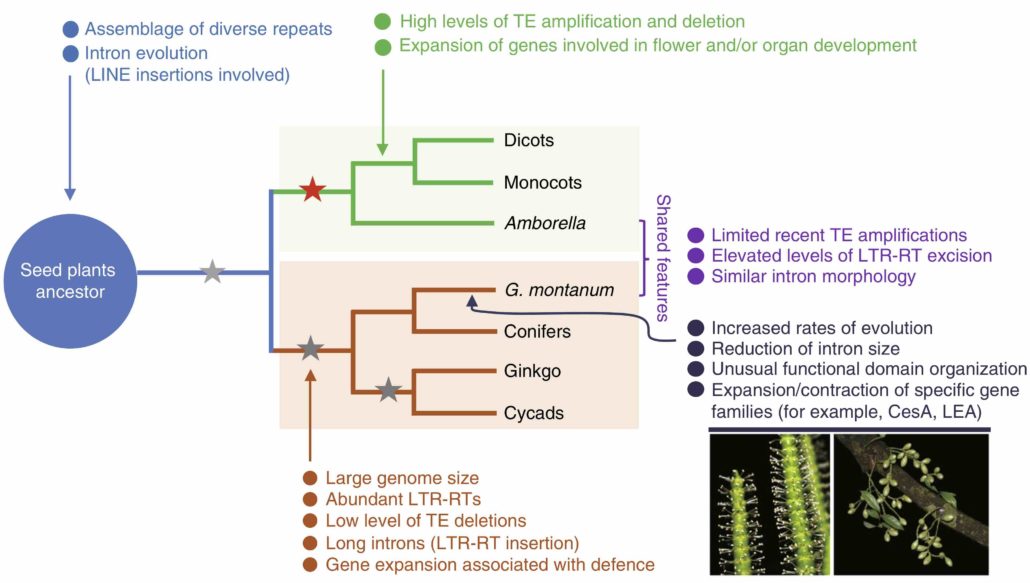
A genome for gnetophytes and early evolution of seed plants (Nature Plants)
For decades, the Gnetophyte lineage has puzzled plant scientists in its correct phylogenetic placement. When taxonomists largely focused on morphological characteristics before the advent of molecular biology, it made sense to treat these apparently intermediate species as a transitional group between…

Conservation of Genomic Imprinting during Wheat Polyploidization
Yang et al. discover conservation of genomic imprinting between closely related Triticum and Aegilops species. https://doi.org/10.1105/tpc.17.00837
By Guanghui Yang and Mingming Xin
Background: Genomic imprinting causes genes to be differentially expressed depending on their parent-of-origin, which…
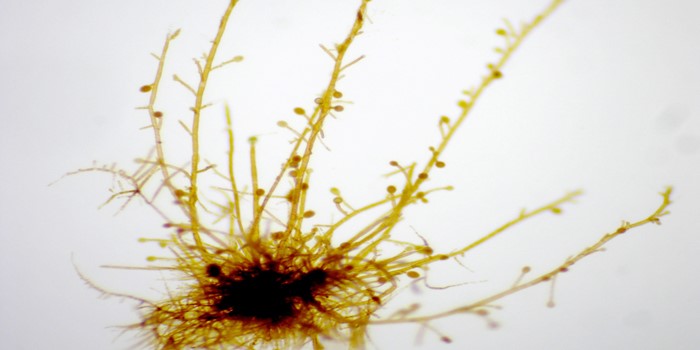
HOW TO BUILD A SEAWEED
Godfroy et al investigate basal cell fate determination in the brown alga Ectocarpus https://doi.org/10.1105/tpc.17.00440
BACKGROUND: Brown algae are multicellular photosynthetic marine organisms living on rocky shores across the globe and representing one of the most developmentally complex groups…
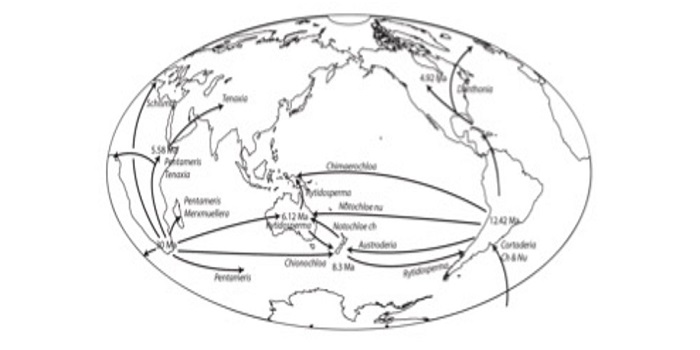
Review. Grasses: The original Vikings ($)
The Vikings were notorious raiders for centuries, pillaging and looting the shores throughout the northern hemisphere. Through their successful raids, the Vikings established colonies that grew into states and countries, among these Normandy, England, Sicily, and Russia. The success of the Vikings is…
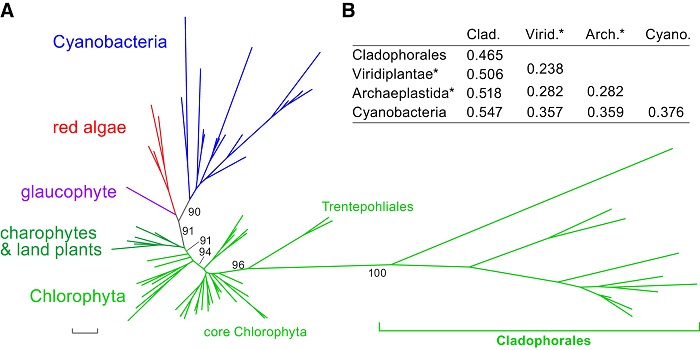
The plastid genome in Cladophorales green algae is encoded by hairpin chromosomes ($)
Plastids, the cellular sites for light reaction of photosynthesis, have a reduced genome which is circular and double stranded, ranging in the size from about 100 to 200 Kb. Some exceptions to this circular nature of plastid genomes are found in some groups of phytoplanktons, namely dinoflagellates,…
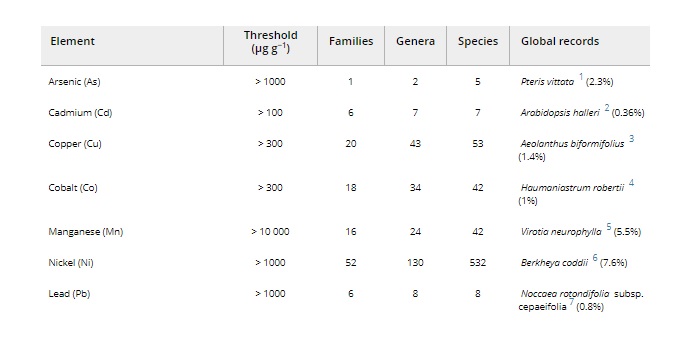
Letter: New database for metal and metalloid accumulating plants
Plants that can accumulate metals or metalloids in their living tissues to extremely high levels (hyperaccumulators) can be used to model metal uptake and biotic interactions and used for phytoremediation, among other uses. While the uses for hyperaccumulators are vast, until now a database with global…
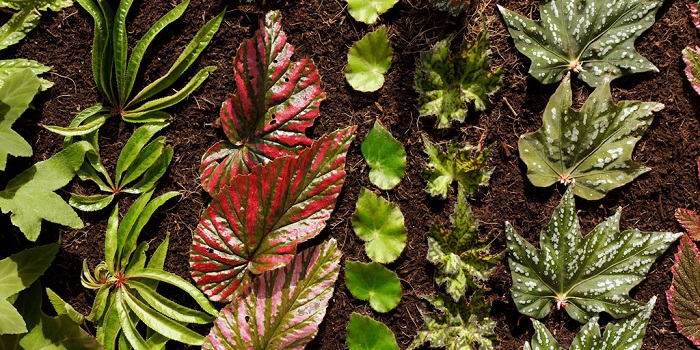
The role of botanical gardens in species conservation
Botanical gardens are sanctuaries where plant diversity is celebrated, conserved, studied, and shared. As more species are put under pressure from anthropogenic activities, the importance of botanical gardens in preserving and protecting threatened species is increasing. A recent study on the role of…

Plant blindness and the implications for plant conservation
0 Comments
/
Plant Blindness negatively affects plant conservation, despite plants being a majority on the endangered species list. Balding and Williams review the research on plant blindness and argue that it isn’t inevitable. There are cultures in the world more keenly aware of plants than most in western societies…

Live online chat discussion with featured community member Anne Sternberger
Mark your calendars for the first Plantae.org live online chat discussion with featured community member Anne Sternberger!
Support your peers | Discuss plant science topics | Learn about how others work
Tuesday, June 27th at 5pm EST / 11am HST | Join: www.plantae.org/annes
Anne is…

